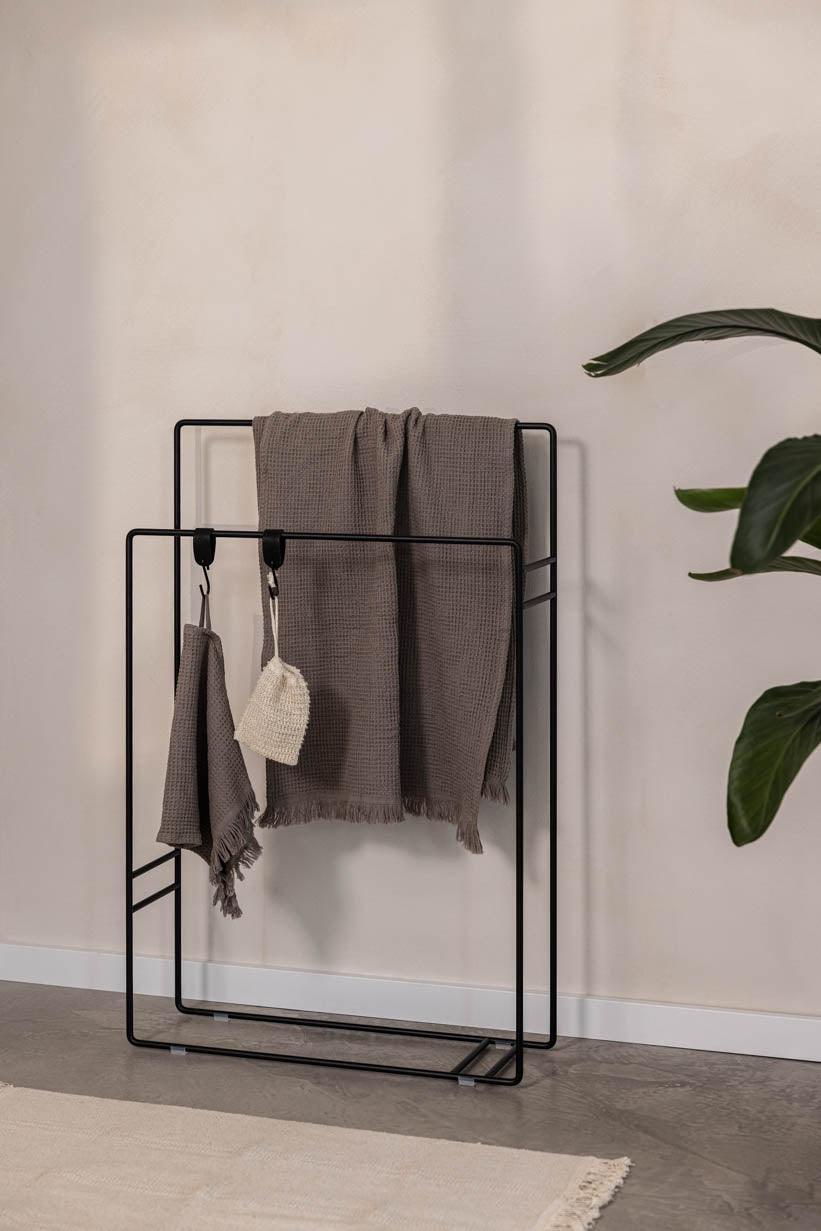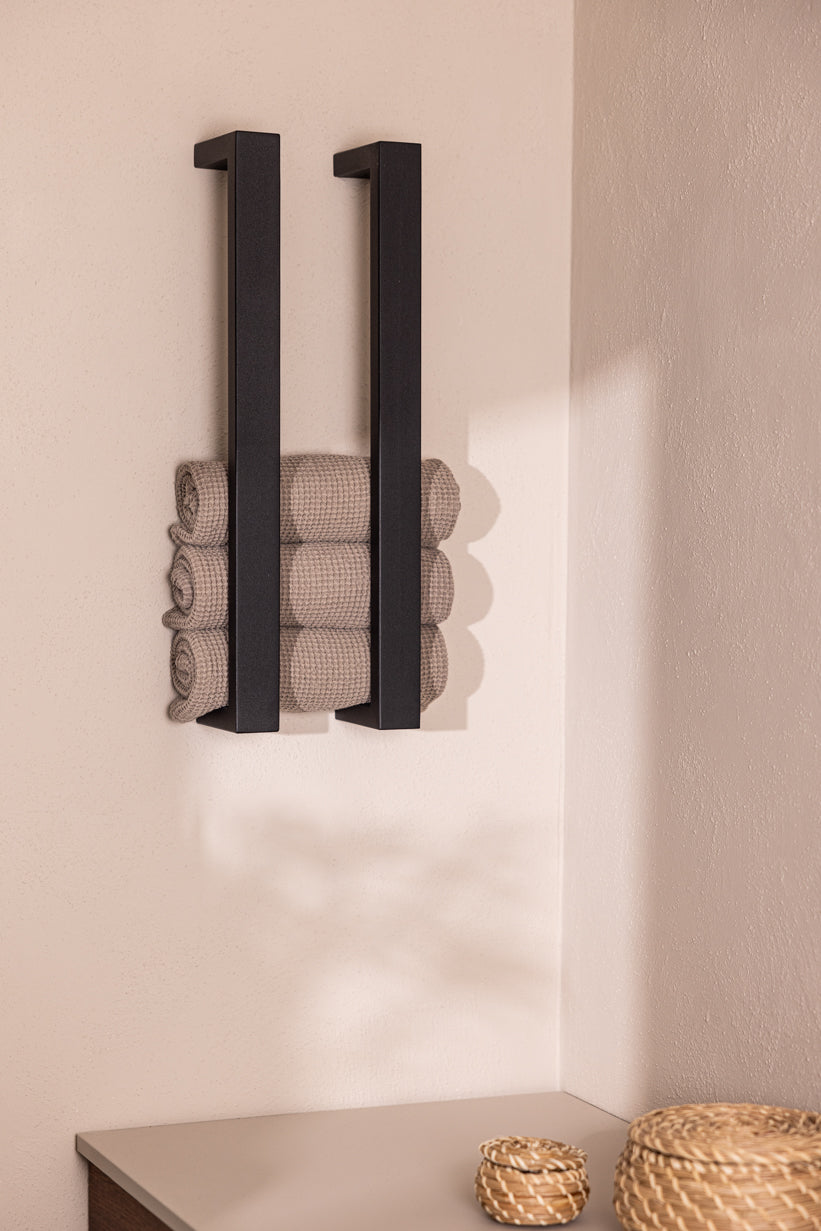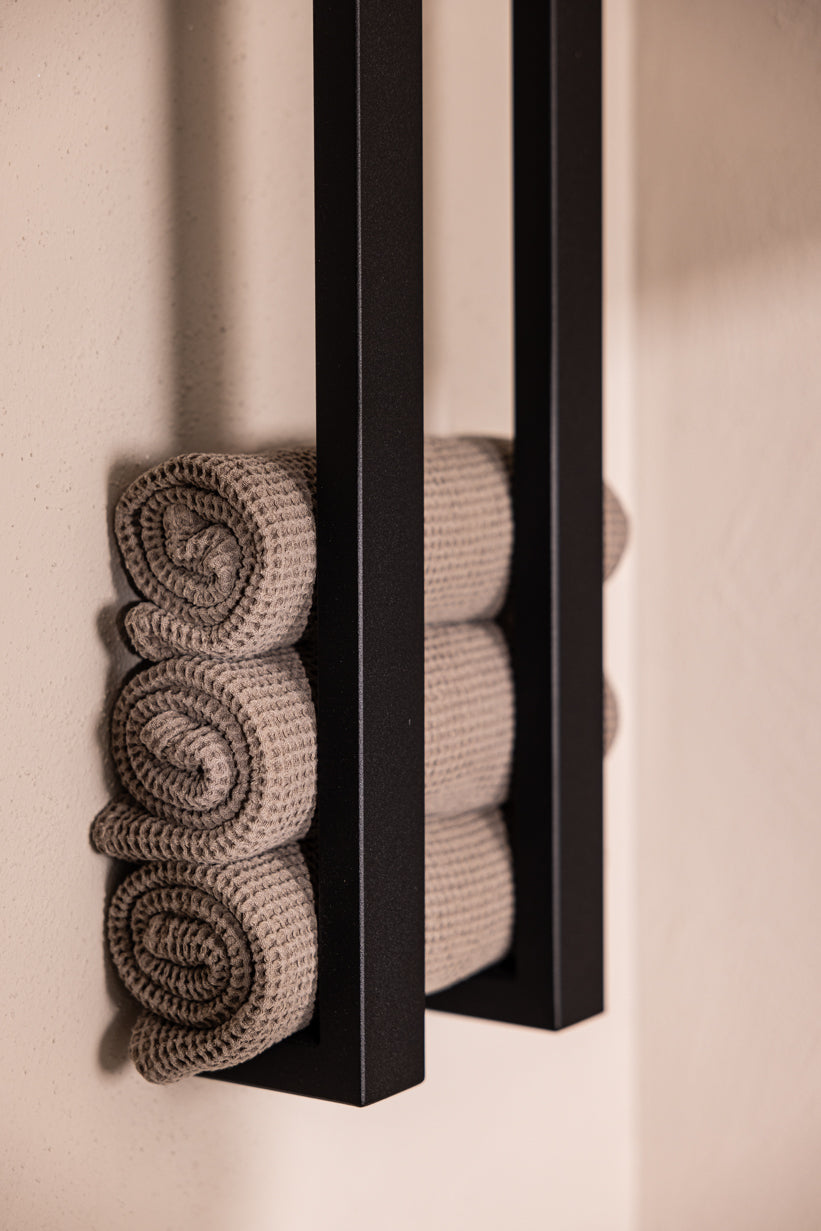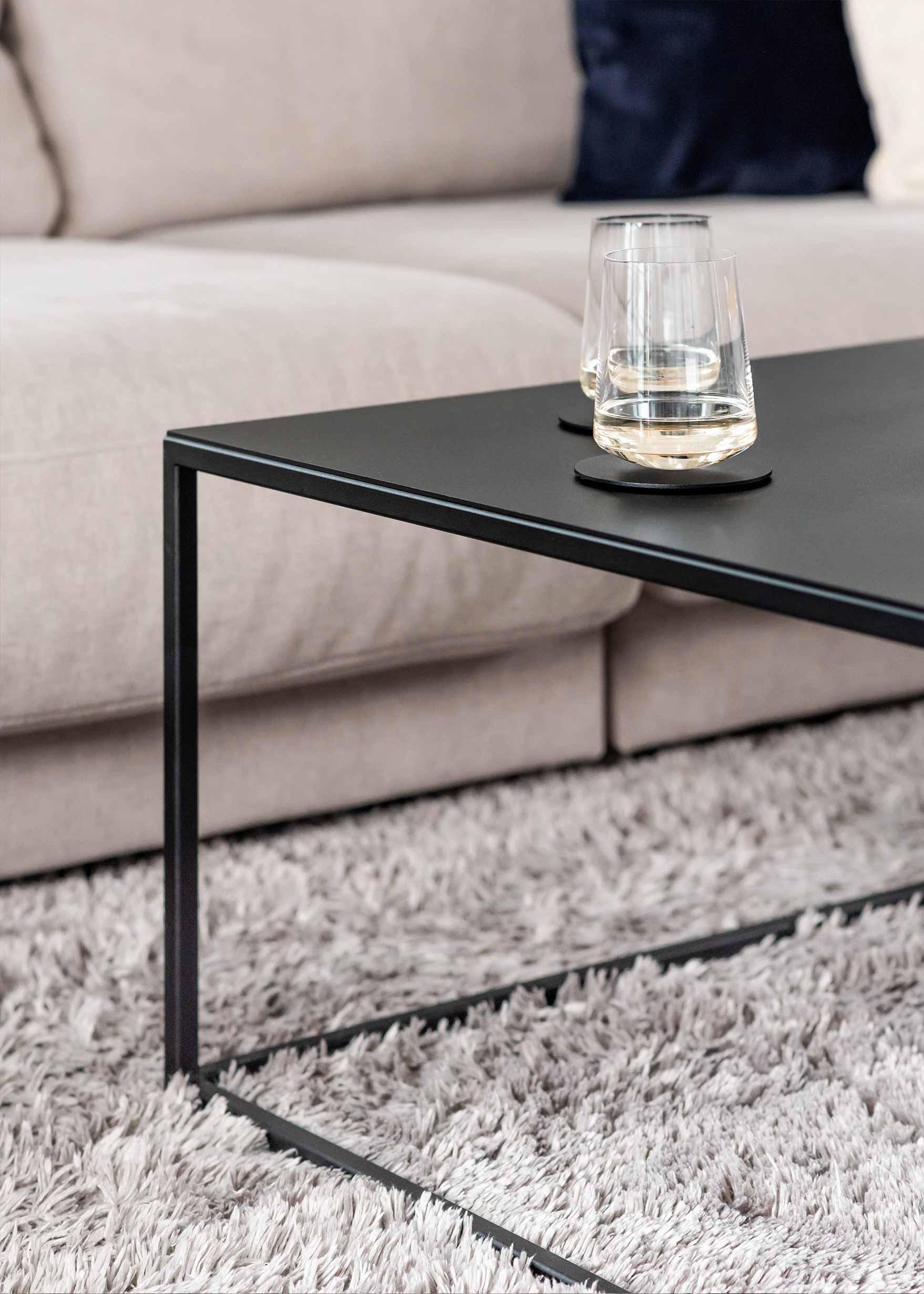Home Trend Japandi - this is how beautiful the popular interior design trend is
Nordic interior style meets Far Eastern living art - the term "Japandi" represents the fusion of Japanese life philosophy with Scandinavian aesthetics. What Japandi is and how you can bring this simple and elegant home trend into your own rooms - we reveal it.
Interior design trend Japandi - what is it actually?
Japandi - this is the connection between Japanese and Scandinavian design.What initially sounds like a contradiction fits together better than many think: The Japanese aesthetic is simple, timeless, and fluid, while the Scandi design is simple and homely.
In Japanese furnishings, every object and every room has a specific purpose, a right to exist, nothing is too much, nothing is too little - but everything is imperfect. The philosophy of Wabi Sabi is crucial for Japanese aesthetics. It's about experiencing the beauty in the imperfect and transient - in nature, in furniture, and in ceremonies.
In a Scandinavian interior design style, it is also about functionality and simplicity.Purist furniture is just as common in Scandinavian interior design as soft textiles made from natural materials in natural or muted colors. The Scandi design is about turning living spaces into a home.
When these interior design styles are combined, Japandi is created - a cozy interior design concept with a minimalist aesthetic and Far Eastern influences.
In these colors, Japandi is shown in the living rooms
Japandi is characterized by calm, natural color tones. Natural white or cream color, subtle shades of gray and earth colors dominate this interior design style. When colors like blue or green come into play, they are soft and muted.
COFFEE TABLE VESINA |
At the same time - inspired by Japanese aesthetics - stronger, neutral colors are also used - black in metallic, filigree furniture or art elements or dark brown in solid wood furniture or accessories creates contrasts in this living trend 2022.
These are the characteristics of Japandi
You can recognize Japandi living concepts by their simple elegance with Japanese influences. In addition to the muted colors, clear lines, functionality and minimalist decorative elements are clear features of this interior design style.Japandi also offers space for rustic wooden furniture or cherished heirlooms.
Accessories and decorative elements come into focus - however, these should be few and selected objects that give the room a special aesthetic or have an emotional meaning.
These are the characteristics of Japandi at a glance:
- The Japanese aesthetic is elegant, while the Scandinavian influences give the living rooms a rustic coziness.
- Simple shapes appear on reduced, functional furniture.
- Furniture is low and delicate - for example a futon or a low coffee table.
- The colors are muted - cream, natural white, soft shades of gray, and earth tones are predominantly used. You should avoid busy patterns.
- Black elements (for example, metal furniture) or brown furniture (for example, dark solid wood) can be used as contrasting colors.
- The furnishings are minimalist - the focus is on a few selected decorative elements, craftsmanship, or special heirlooms.
- Natural materials such as wood, wool, linen, and jute bring coziness to the otherwise rather cool and elegant Japandi decor.
Accessories and Decor for the Japandi Style
Japandi proves that with a few pieces of furniture in combination with the characteristic color concept and selected decorative elements, a cozy and elegant interior design style can be created. Quality is clearly above quantity in Japandi. Furniture should be high-quality and timeless - so that they are just as beautiful after many years of use as they were on the first day.
TOWEL HOLDER NALI |
Here, in addition to solid wood furniture, black metal furniture – such as metal chairs, clothes rails or metal shelves are also suitable. A combination of metal and dark solid wood is also possible.
These pieces of furniture form the basis of the Japandi style of furnishing. However, this style of furnishing only comes into its own with the choice of the right decorative elements and accessories. The same applies to decoration and home accessories: choose fewer items, but make sure they are of high quality.
How to design your apartment in Japandi style
The following tips will help you give your apartment a touch of "Japandi". Of course, you don't have to implement everything strictly– because the main thing is, of course, that you like the furnishings and feel comfortable in it.
Suitable furniture for the Japandi style
Filigrane, low, simple should be the look of furniture in Japandi style. Japanese influences are certainly allowed - but clumsy, heavy, sprawling or ornate, that does not fit the soul of Japandi. Rather, Japandi furniture should focus on the essentials: clear lines and practical functions.Choose high-quality furniture pieces that you still like as much as on the first day, even after many years.
The Japandi Colors
Simple, earthy, natural - this is what the color palette of the Japandi style looks like. So prefer colors like cream, natural white, beige, light brown, and ochre. If you're looking for a stronger color, terracotta can also be an option. A contrast to the muted colors is provided by dark solid wood furniture and black metal furniture. Such contrasts are desired in Japandi decor.
Textiles for the Perfect Japandi Look
Textiles make living spaces cozy.A cotton blanket in cream or gray, pillows with linen covers, and a natural rug made from jute or bamboo - and your Japandi living room is complete. If you want visible Japanese influences, you can also opt for a Tatami rug and a woven, round straw cushion.
Decorative elements complete the Japandi decor
Decorative elements and artworks are carefully chosen in the Japandi style. It's about a reduced aesthetic, where a few art objects come into focus - for example.:
- large indoor plant
- the antique tea set
- a bonsai tree
- a wooden branch
- a handmade vase
- a metallic designer object
DEVANA COFFEE TABLE |
Only display the objects that you can enjoy every day - this is also preached by the Japanese organization expert Mari Kondo. For the right lighting, natural lamps made of rattan or bamboo can be chosen - or light bulbs with a metallic, black grid shade as a contrast object.As room dividers, free-standing walls made of Shoji paper are suitable - these also give the room an Asian touch.
With the right furniture and home accessories, you can bring the calm energy of a Japanese temple combined with the coziness of Scandinavian decor into your own living spaces.















Share:
Elegant and modern: A black and white interior |Metallbude
Living Room in Black and White